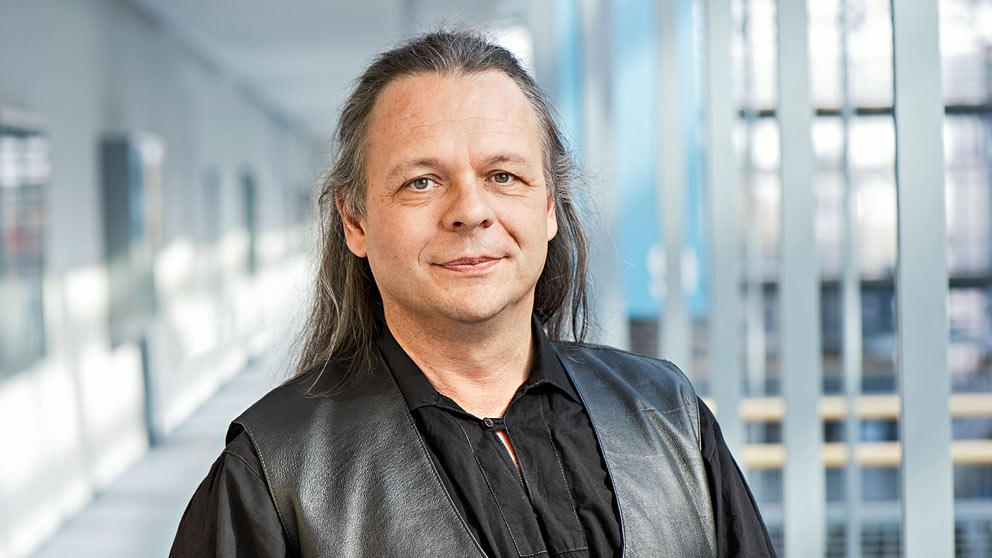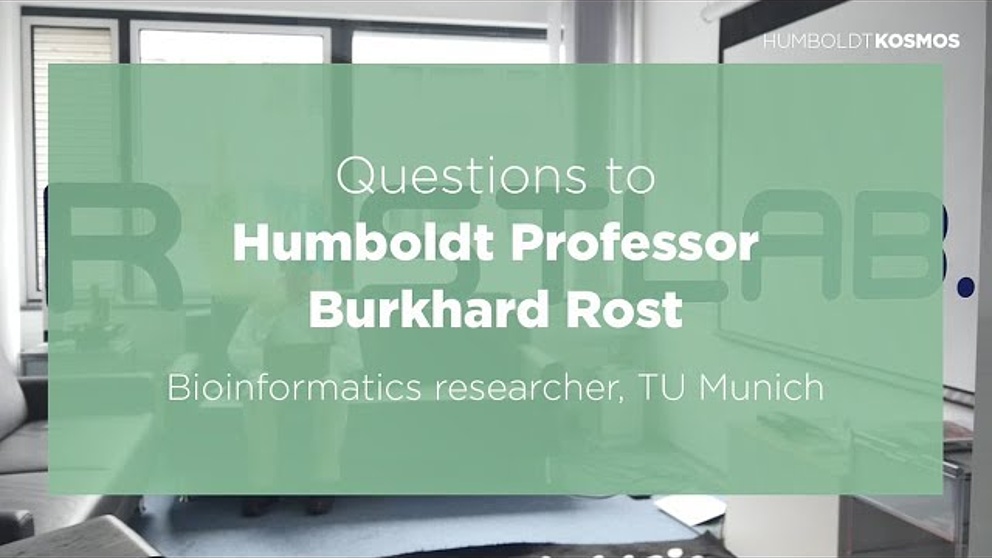Jump to the content
- {{#headlines}}
- {{title}} {{/headlines}}

Curiosity is what drives him – “and the fascination with all the things we still don’t know about biology”. Burkhard Rost came to TUM in Munich from New York’s Columbia University nearly ten years ago to take up a Humboldt Professorship. His goal is to build a bridge between medicine and biosciences. He is fascinated by the structures, workings and interaction of proteins in human DNA. And they offer plenty of scope for his curiosity. There are thought to be around 25,000 proteins in the human body, nearly half of them are still unknown and have not been decoded. “The more we know about them and the way they function, the better equipped we’ll be to answer the big questions posed, for example, by medicine,” says Burkhard Rost who has decisively shaped the interdisciplinary approach inherent in bioinformatics.
Well, that is no surprise, you might think, looking at his career: he studied physics, philosophy, history and psychology before taking a doctorate in physics. Although Humboldt Foundation sponsorship has come to an end, Rost is still doing research in Munich. His current work aims to detect disease at an earlier stage and treat it more effectively. To this end, Rost and his research group have chosen a very special path: they are seeking to establish the connection between artificial intelligence and machine learning and evolutionary development.

